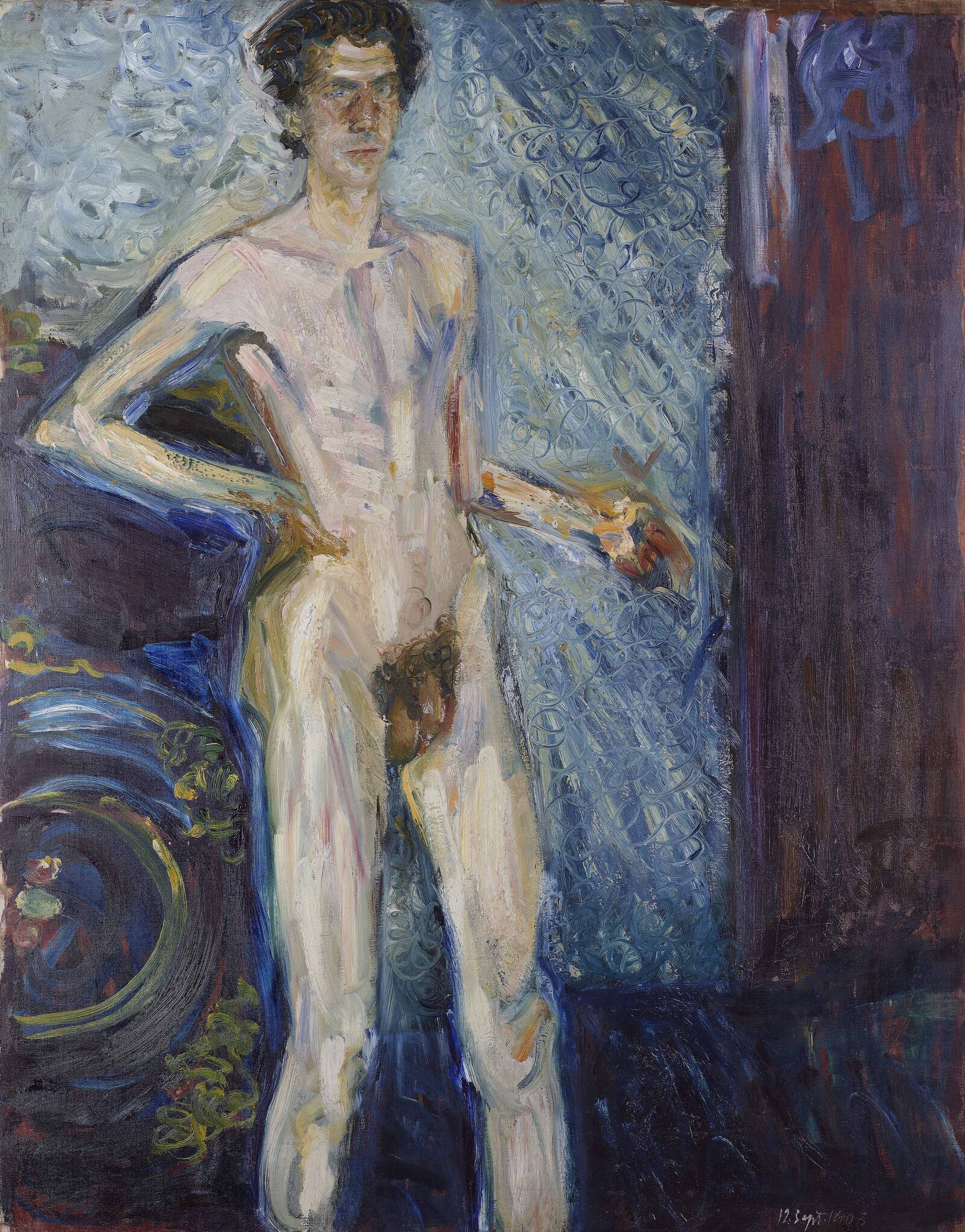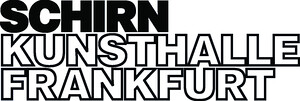February 24–May 14, 2017
Römerberg
60311 Frankfurt am Main
Germany
T +49 69 2998820
welcome@schirn.de
www.schirn-mag.com
Facebook / Twitter / Instagram / Pinterest / YouTube / #RichardGerstl / #Schirn
The Schirn Kunsthalle Frankfurt is presenting the first retrospective of Richard Gerstl (1883–1908) in Germany. The Austrian painter is the “first Austrian Expressionist,” and for many still an insiders’ tip. He only lived to be 25 years old and yet he is mentioned in the same breath as the great masters of Viennese Modernism: Gustav Klimt, Egon Schiele, and Oskar Kokoschka. Throughout his brief life Gerstl created an exciting and unusual, though relatively limited oeuvre with impressive highlights and pioneering innovations. His merciless, confident paintings do not adhere to earlier models and remain unique to this day. Gerstl’s oeuvre is that of a seeker who anticipated much of what was later articulated by other artists, for example in the paintings of Abstract Expressionism during the 1950s.
“During his lifetime, Gerstl, the ‘Early Expressionist’ remained unknown, not least because his works were never shown in an exhibition. Richard Gerstl’s oeuvre is to this day regarded as particularly timeless and excitingly up-to-date. His painting anticipated many elements that did not find a place in art history until much later. Gerstl is a real discovery for the visitors,” says Dr. Philipp Demandt, Director of the Schirn, about the exhibition.
Richard Gerstl’s work originally included about 80 paintings, of which only about 60 have survived. The Schirn has assembled no fewer than 53 of these existing works, including loans from leading Austrian museums such as the Leopold Museum, the Galerie Belvedere, MUMOK, the Wien Museum, the Albertina, the Oberösterreichisches Landesmuseum Linz, and the Museum der Moderne in Salzburg. A large number also come from the Neue Galerie in New York, and further works from important private collections in Europe and the United States.
Gerstl’s painting reflects his concern with the contradictions of modern art. He was a rebel, loved to provoke and painted against the traditional rules in the conviction that he was treading “completely new paths” in art. He categorically refused to paint allegorical subjects and was interested in neither applied art nor graphic art. His understanding of artistic aesthetics was emphatically opposed to the approach of the Vienna Secession, which subscribed to the concept of a complete stylization and aesthetization of all aspects of life. Gerstl’s painting, by contrast, is characterized by a merciless directness with a total lack of symbolism or literary references.
The portrait, especially the self-portrait, nudes, and landscapes are Gerstl’s preferred genres. The retrospective presents, for example, his famous self-portraits: the earliest one, Semi-Nude Self-Portrait from 1902/04, and his last, Nude Self-Portrait from 1908. The exhibition also features the numerous likenesses of Mathilde Schönberg as well as portraits of friends and students of the composer Arnold Schönberg. Gerstl’s painting The Schönberg Family and especially the Group Portrait with Schönberg (both late July 1908) constitute a highlight of the show.
A scholarly publication is accompanying the exhibition with an—for the first time since 1993—updated catalogue raisonné by Raymond Coffer, as well as a foreword by Philipp Demandt, essays by Raymond Coffer, Jane Kallir, Diethard Leopold, Jill Lloyd with Karol Winiarcyk, Ingrid Pfeiffer and a biography of the artist by Maria Sitte.
The exhibition Richard Gerstl Retrospective will be on view at the Neue Galerie in New York from June 29 to September 25, 2017. It is the first show in the United States.
Director: Dr. Philipp Demandt
Curator: Dr. Ingrid Pfeiffer
Press contact: Pamela Rohde (Head of Press/Public Relations):
presse [at] schirn.de / T (+49 69) 29 98 82 148
Press material: www.schirn.de/en/ (texts, images, and films for download under PRESS)


